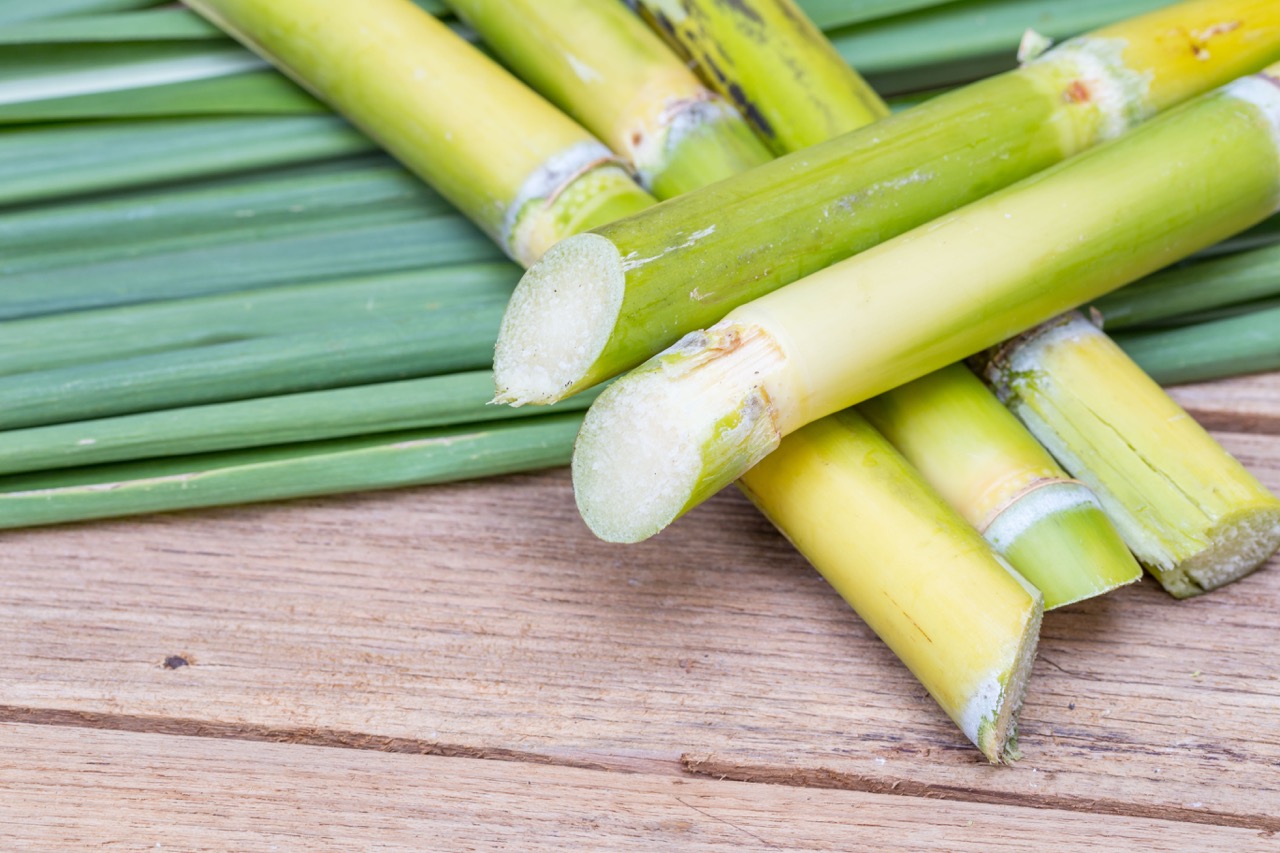

Articles
How To Store Sugarcane
Modified: December 7, 2023
Learn how to store sugarcane effectively. Read our informative articles for tips and techniques on preserving sugarcane's freshness and quality.
(Many of the links in this article redirect to a specific reviewed product. Your purchase of these products through affiliate links helps to generate commission for Storables.com, at no extra cost. Learn more)
Introduction
Sugarcane is a popular and versatile crop that offers a sweet and refreshing taste. Whether you grow it yourself or purchase it from a local market, proper storage is essential to maintain its freshness and enjoy it over an extended period of time.
Storing sugarcane requires the right conditions to prevent spoilage and maintain its juicy and succulent taste. In this article, we will guide you through the process of storing sugarcane properly, ensuring that you can enjoy its sweetness whenever you desire.
From choosing the right location to monitoring the storage conditions, we will cover all the necessary steps to keep your sugarcane fresh and delicious. Whether you are a homeowner who grows sugarcane in your backyard or a restaurant owner looking to stock this delightful ingredient, our tips and techniques will help you achieve optimal storage.
So, let’s dive into the details of how to store sugarcane and ensure you always have a supply of this tasty treat on hand.
Key Takeaways:
- Properly storing sugarcane involves choosing a cool, dark, and well-ventilated location, preparing the storage area, and packaging it carefully to maintain freshness and flavor.
- Regularly monitoring and maintaining storage conditions, handling sugarcane with care, and following additional tips can help extend its shelf life and preserve its delightful sweetness.
Read also: 14 Amazing Sugarcane Juicer for 2024
Choosing the Right Location
When it comes to storing sugarcane, the first step is to select the right location. The ideal storage area should be cool, dark, and well-ventilated. The temperature should be maintained between 50°F (10°C) and 60°F (15°C) to keep the sugarcane fresh for a longer duration.
Avoid storing sugarcane in areas that are exposed to direct sunlight or fluctuating temperatures, as these conditions can cause the cane to spoil quickly. Additionally, keep the storage area away from heat sources such as stoves, ovens, or radiators, as excessive warmth can accelerate the ripening process, resulting in the loss of flavor and juiciness.
Ensure that the storage location has adequate ventilation to allow for proper airflow. This helps to prevent the buildup of moisture, which can lead to the growth of mold or the development of a foul odor. A well-ventilated area also helps in reducing the chances of condensation, which can make the sugarcane damp and promote spoilage.
If you are storing sugarcane in a commercial setting or have a large quantity of cane to store, consider investing in a storage room or cellar specifically designed for vegetables and fruits. These storage facilities often have the ideal temperature and humidity control, ensuring the longevity of your sugarcane. In a home setting, a basement or a cool and dry pantry can also serve as suitable storage locations.
By choosing the right location, you can provide the optimal environment for storing sugarcane, preserving its quality, and extending its shelf life.
Preparing the Storage Area
Before you start storing sugarcane, it’s important to prepare the storage area properly. This step ensures that the environment is clean and free from any potential contaminants that could affect the quality and freshness of the cane.
Here are some steps to follow when preparing the storage area:
- Cleanse the space: Remove any debris, dirt, or dust from the storage area. Sweep the floors and wipe down the shelves or surfaces with a clean cloth. This helps to prevent any microbial growth that could spoil the sugarcane.
- Disinfect the area: Use a mild disinfectant solution to sanitize the storage space. This eliminates any bacteria or fungi that may be present, reducing the risk of spoilage. Allow the area to dry thoroughly before proceeding to the next step.
- Inspect for pests: Check for any signs of pests such as rodents, ants, or insects. These creatures can damage the sugarcane and contaminate the storage area. If you notice any infestation, take the necessary steps to eliminate the pests before storing the cane.
- Organize the space: Arrange the storage area in a way that allows for proper air circulation and easy access to the sugarcane. Avoid overcrowding the space, as this can restrict airflow and increase the chances of moisture buildup.
By taking the time to prepare the storage area, you create a clean and hygienic environment that promotes the longevity of the sugarcane and helps maintain its delicious flavor. Remember to regularly clean and disinfect the storage space to prevent any potential contamination.
Harvesting and Cleaning the Sugarcane
Proper harvesting and cleaning techniques are vital to preserving the quality and taste of sugarcane. Here’s a step-by-step guide to help you through the process:
- Harvest at the right time: Harvest sugarcane when it is fully mature, which is typically around 12 to 18 months after planting. Look for signs such as yellowing leaves and thick cane stalks to determine if it’s ready for harvesting.
- Cut the cane: Using a sharp knife or machete, cut the cane stalks near the base, ensuring you get the entire piece. Avoid damaging the cane during this process to minimize the risk of spoilage.
- Remove excess leaves: Trim away the excess leaves from the sugarcane stalks. Leave a few leaves attached at the top to help retain moisture and protect the cane.
- Rinse the cane: Rinse the sugarcane thoroughly with water to remove any dirt, dust, or debris that may be present. This step helps to ensure cleanliness and remove any potential contaminants.
- Optional step: Peeling the cane: Some people prefer to peel the outer layer of the sugarcane before storing it. This can be done using a knife or a sugarcane peeler, but it is not necessary for storage purposes.
Once the sugarcane has been harvested and cleaned, it is ready to go through the next steps of sorting, inspecting, packaging, and storing.
By following these steps, you can ensure that the sugarcane is fresh, clean, and ready for storage, resulting in a longer shelf life and delicious taste when consumed.
Sorting and Inspecting the Sugarcane
Sorting and inspecting the sugarcane is a crucial step in the storage process to ensure that only high-quality cane is stored, free from any defects or signs of spoilage. Here’s how to sort and inspect your sugarcane:
- Sort by size and appearance: Separate the sugarcane stalks based on their size and appearance. Choose cane pieces that are similar in size and have a healthy, vibrant color. Avoid any sugarcane stalks that are bruised, discolored, or have signs of mold or fungal growth.
- Check for pests: Examine each sugarcane stalk carefully for any signs of pests such as insects or larvae. Look for holes, eggs, or visible pests on the surface of the cane. Discard any cane that shows evidence of pest infestation to prevent the spread of pests to other pieces.
- Inspect for rot or damage: Inspect the sugarcane for any signs of rot, decay, or damage. Pay close attention to the ends of the stalks and any soft or squishy areas. Remove any compromised sections to prevent them from affecting the quality of the rest of the cane.
- Check for moisture: Ensure that the sugarcane is dry to the touch. Moisture can promote the growth of mold and spoilage. If any pieces feel damp or wet, carefully wipe them dry with a clean cloth before proceeding with storage.
Sorting and inspecting the sugarcane allows you to separate and set aside any damaged or compromised pieces, ensuring that only the best quality cane is stored. This step helps in maintaining the freshness and taste of the sugarcane over an extended period.
By taking the time to properly sort and inspect the sugarcane, you ensure that you are storing the highest quality cane, free from any defects or signs of spoilage. This will contribute to a longer shelf life and a more enjoyable sugarcane experience when it’s time to consume it.
Store sugarcane in a cool, dry place away from direct sunlight. You can also wrap it in a damp cloth or store it in a perforated plastic bag in the refrigerator to keep it fresh for longer.
Read more: How To Store Store-Bought Bread
Packaging and Storing the Sugarcane
Proper packaging and storage are essential to maintain the freshness and quality of sugarcane. Here’s how to package and store your sugarcane:
- Wrap in plastic: Individually wrap each sugarcane stalk in plastic wrap or cling film. This helps to prevent moisture loss and protects the cane from drying out. Make sure to wrap it tightly to provide a seal.
- Use resealable bags: If you have multiple sugarcane stalks, you can store them in resealable plastic bags. Place the wrapped sugarcane inside the bag and seal it tightly to maintain freshness. This also helps to prevent any potential odor transfer to other foods stored nearby.
- Avoid plastic containers: It is best to avoid storing sugarcane in plastic containers as they can trap moisture and lead to mold growth. Opt for plastic bags or wrap instead, as they provide better airflow and moisture control.
- Store in a cool and dark place: Find a cool and dark location to store the packaged sugarcane. A pantry, cellar, or refrigerator are all suitable options. Make sure the temperature remains between 50°F (10°C) and 60°F (15°C) to maintain optimal freshness.
- Avoid direct contact with cold surfaces: If storing sugarcane in the refrigerator, ensure it is not in direct contact with the cold surfaces. Place the wrapped sugarcane on a shelf or use a container to create a barrier between the cane and the refrigerator surfaces.
Remember to handle the sugarcane with care during the packaging process to avoid damaging the stalks. Handle each piece gently to preserve its quality.
By properly packaging and storing the sugarcane, you can extend its shelf life and maintain its juiciness and flavor. The plastic wrap or bags act as a protective barrier, preventing moisture loss and maintaining the ideal storage conditions.
When stored correctly, sugarcane can remain fresh for up to 2 weeks or longer, allowing you to enjoy its sweetness at any time.
Monitoring and Maintaining the Storage Conditions
Properly monitoring and maintaining the storage conditions is crucial to ensure that your sugarcane stays fresh and delicious. Here are some tips for monitoring and maintaining the storage conditions:
- Regularly check the storage area: Regularly inspect the storage area to ensure that the temperature and humidity levels are within the desired range. Check for any signs of mold, moisture, or pests.
- Monitor temperature: Use a thermometer to monitor the temperature of the storage area regularly. The optimal temperature for storing sugarcane is between 50°F (10°C) and 60°F (15°C). Make adjustments if necessary to maintain this range.
- Control humidity: Maintain a moderate level of humidity in the storage area. Too much humidity can lead to the growth of mold, while too little can cause the cane to dry out. Aim for a humidity level of around 60% for optimal storage conditions.
- Keep the storage area well-ventilated: Ensure proper airflow in the storage area to prevent the buildup of moisture and to maintain freshness. Open windows or use fans to promote ventilation if necessary.
- Rotate the sugarcane: To prevent uneven ripening, periodically rotate the stored sugarcane. This helps to distribute the airflow and temperature evenly among the cane pieces.
- Remove spoiling cane: Regularly inspect the stored sugarcane and remove any pieces that show signs of spoilage, mold, or damage. This prevents the spread of spoilage to the other cane pieces.
- Clean and sanitize the storage area: Clean the storage area periodically to remove any dirt, dust, or contaminants. Sanitize the area to maintain a hygienic environment. Wipe down shelves, surfaces, and containers with a mild disinfectant solution.
By monitoring and maintaining the storage conditions, you ensure that the sugarcane remains fresh and delicious for an extended period. Proper temperature, humidity, and ventilation control are key factors in preserving the quality and taste of the cane.
Regularly checking and maintaining the storage conditions will help to prevent spoilage and ensure that your sugarcane is always ready for use whenever you crave its delightful sweetness.
Tips for Extending the Shelf Life of Sugarcane
Here are some additional tips to help you extend the shelf life of sugarcane:
- Handle with care: When handling sugarcane, be gentle to avoid damaging the stalks. Bruises or cuts can accelerate spoilage.
- Do not wash sugarcane before storage: Avoid washing the sugarcane before storing it. Excess moisture can promote mold growth and reduce its shelf life.
- Keep away from ethylene-producing fruits: Ethylene is a natural gas produced by certain fruits, such as bananas and apples, that can accelerate the ripening process of sugarcane. Keep them separate to prevent premature spoilage.
- Avoid exposure to direct sunlight: Direct sunlight can cause sugarcane to lose its moisture and dry out quickly. Store it in a dark place to maintain its freshness.
- Use airtight containers: If you need to store small sugarcane pieces or leftovers, place them in airtight containers to prevent moisture loss and maintain their quality.
- Consider freezing: If you have a large quantity of sugarcane and want to extend its shelf life further, you can freeze the cane pieces. Wrap them tightly in plastic wrap or place them in freezer bags and store them in the freezer.
- Thaw sugarcane properly: If you choose to freeze sugarcane, thaw it slowly in the refrigerator before using it. This helps to preserve its texture and flavor.
- Store in small quantities: Try to store sugarcane in smaller quantities if possible, as this allows you to use it up before it spoils, reducing waste.
By following these tips, you can maximize the shelf life of sugarcane and enjoy its sweetness and juiciness for an extended period.
Remember that the quality and freshness of the sugarcane may still decline over time, so it’s best to consume it as soon as possible for the most delicious flavor.
Conclusion
Properly storing sugarcane is essential to maintain its freshness, flavor, and quality over an extended period. By following the steps outlined in this article, including choosing the right location, preparing the storage area, harvesting and cleaning the sugarcane, sorting and inspecting it, packaging and storing it properly, and monitoring and maintaining the storage conditions, you can ensure that your sugarcane stays fresh and delicious.
Remember to select a cool, dark, and well-ventilated storage location to provide the ideal environment for sugarcane storage. Take the time to properly harvest the cane, clean it, and inspect it for any signs of spoilage. Package it carefully, ensuring no moisture loss, and store it in a suitable location with the right temperature and humidity levels.
By monitoring the storage conditions, maintaining cleanliness, and removing any spoiling cane, you can extend the shelf life of sugarcane and continue to enjoy its sweet and refreshing taste whenever you desire.
Lastly, don’t forget to handle sugarcane with care, keep it away from ethylene-producing fruits, and avoid exposure to direct sunlight. Consider freezing sugarcane for long-term storage if needed, and thaw it properly before using.
With these tips and techniques, you can ensure that your sugarcane storage is optimized, allowing you to enjoy the delightful sweetness of sugarcane for as long as possible.
So, follow the guidelines provided in this article and start storing your sugarcane properly today to enjoy its freshness in your favorite recipes and beverages!
Frequently Asked Questions about How To Store Sugarcane
Was this page helpful?
At Storables.com, we guarantee accurate and reliable information. Our content, validated by Expert Board Contributors, is crafted following stringent Editorial Policies. We're committed to providing you with well-researched, expert-backed insights for all your informational needs.



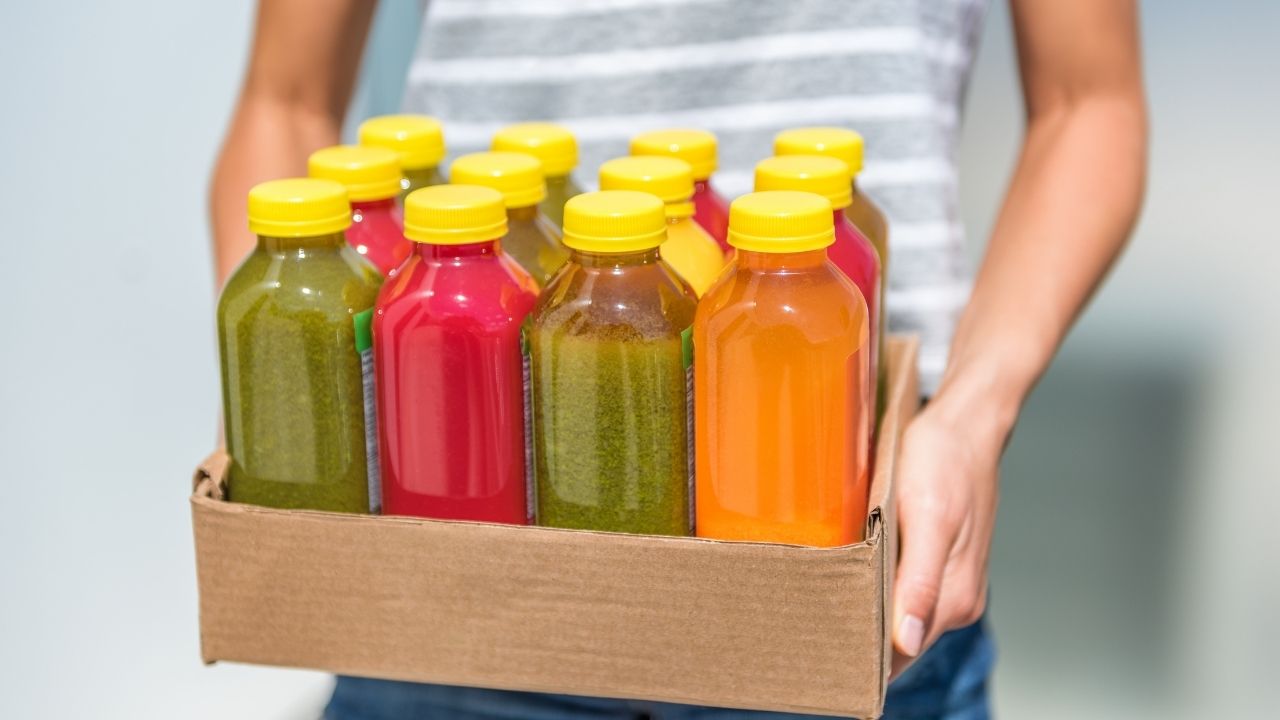

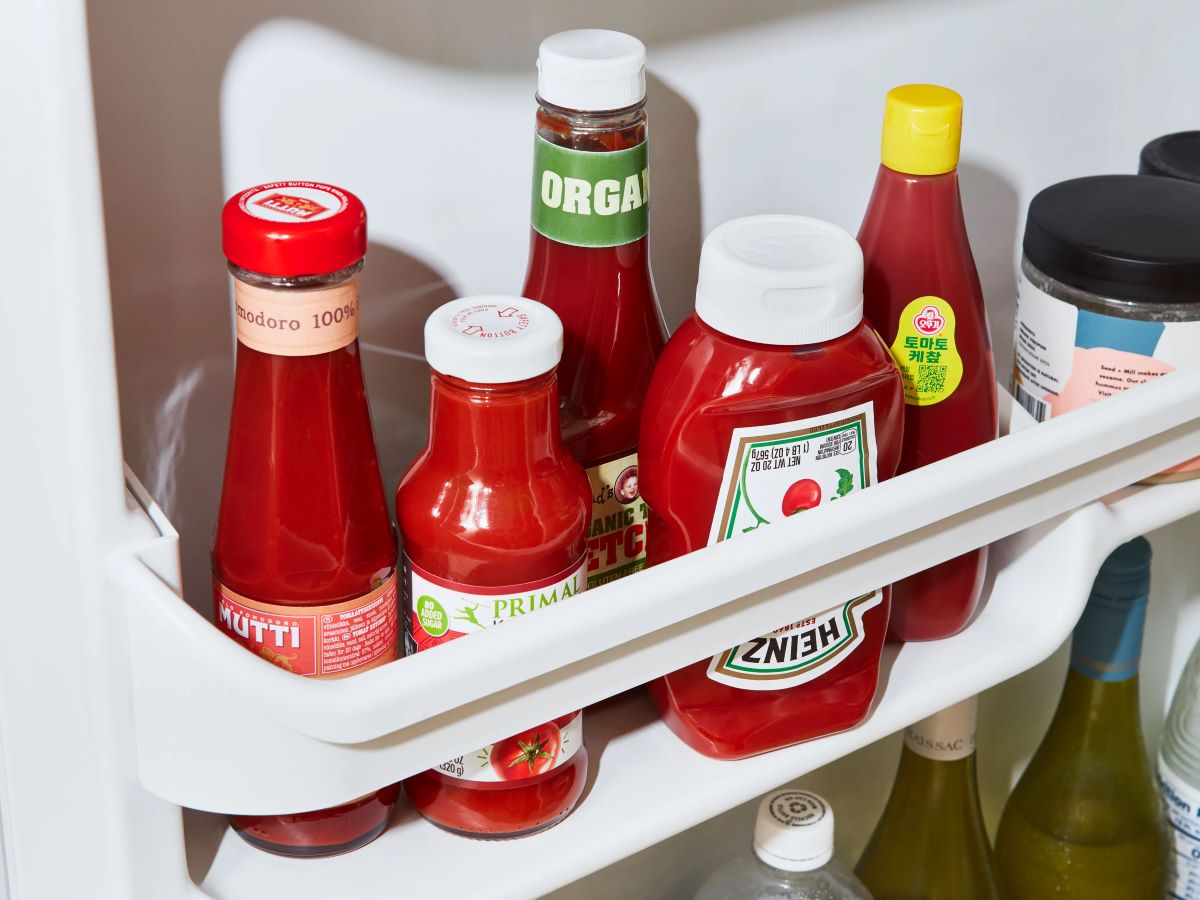
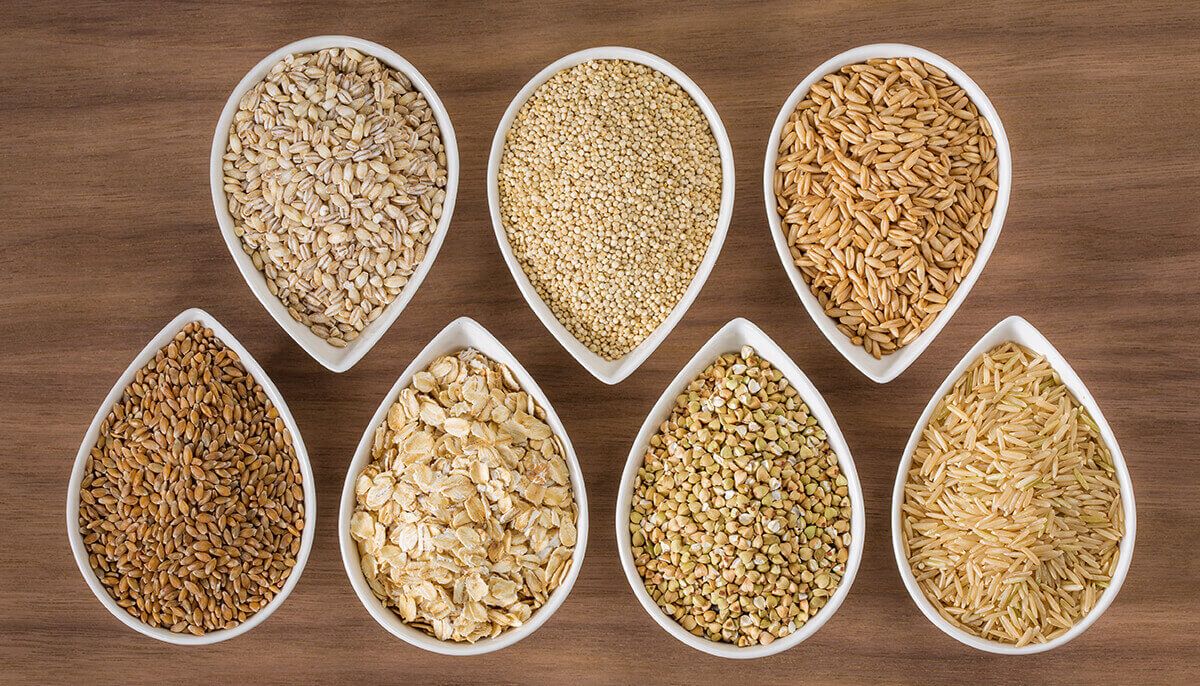
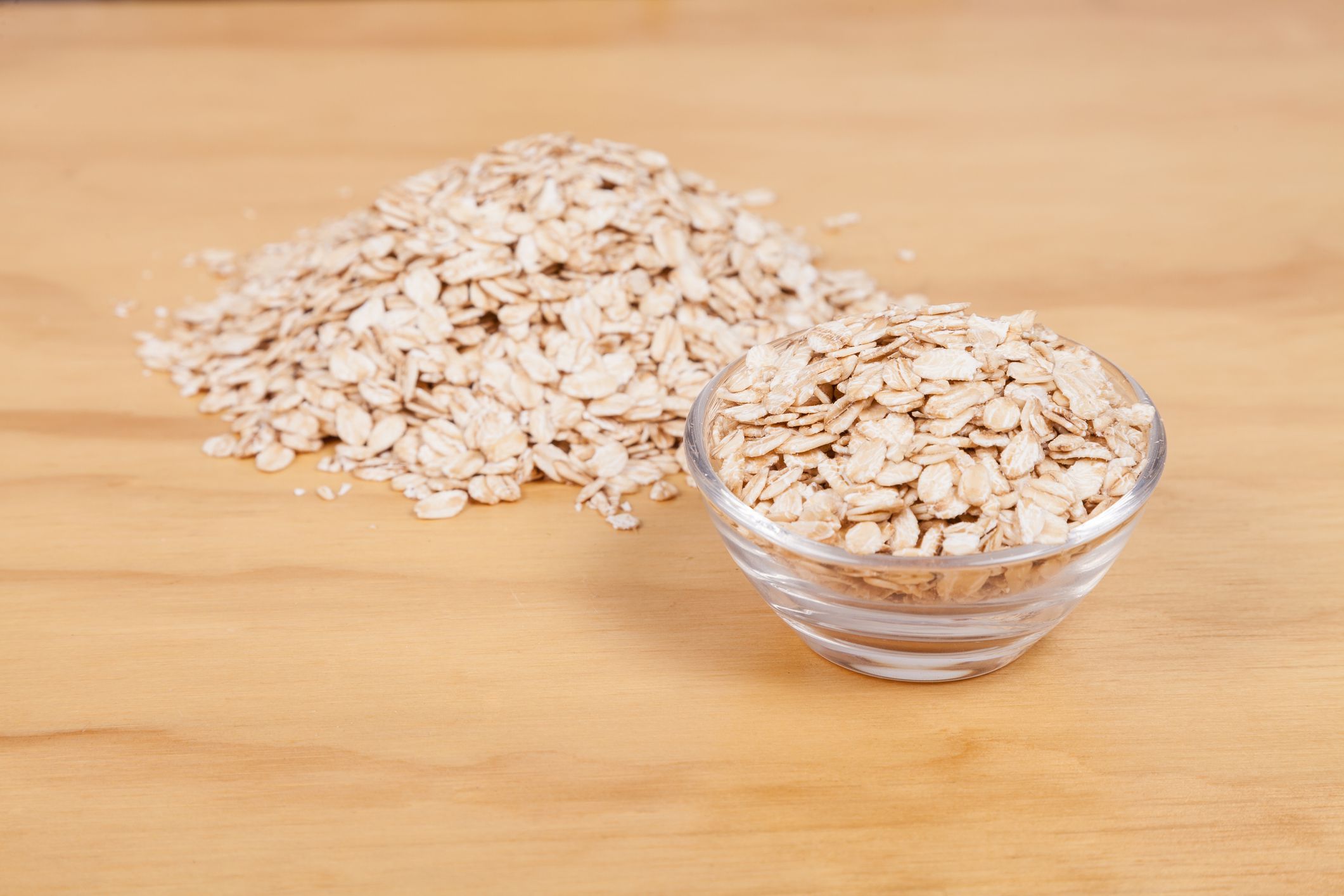
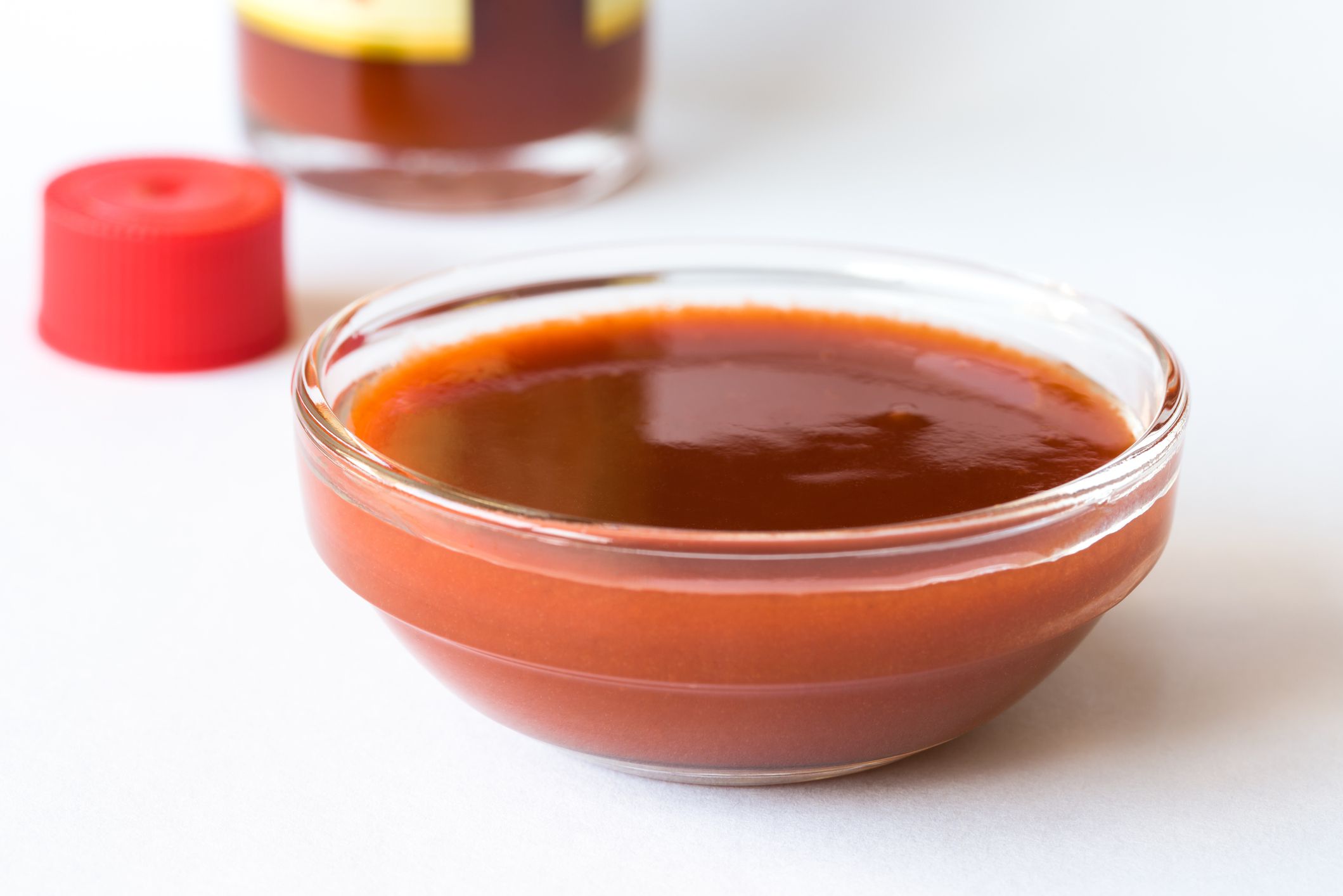
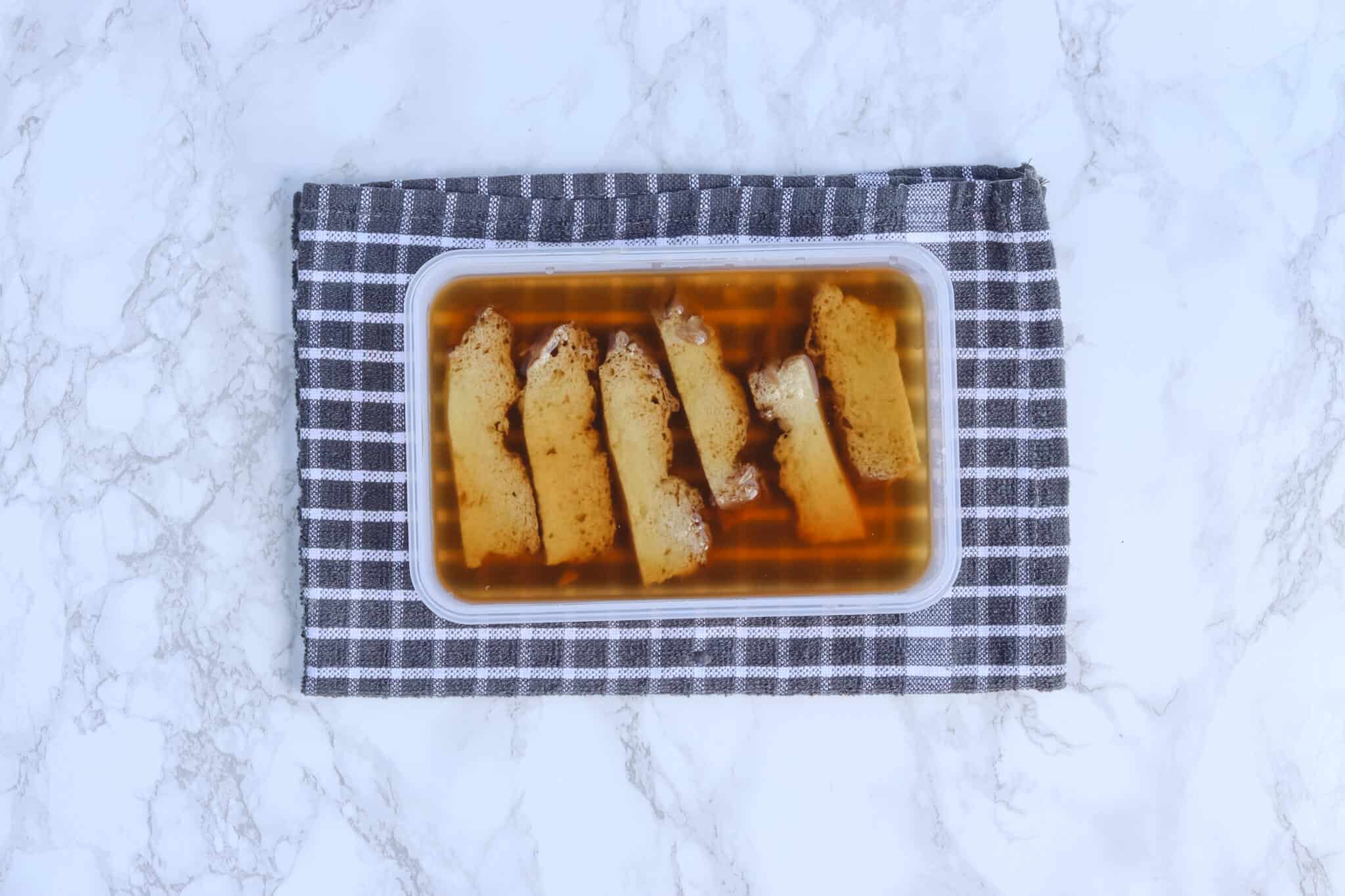

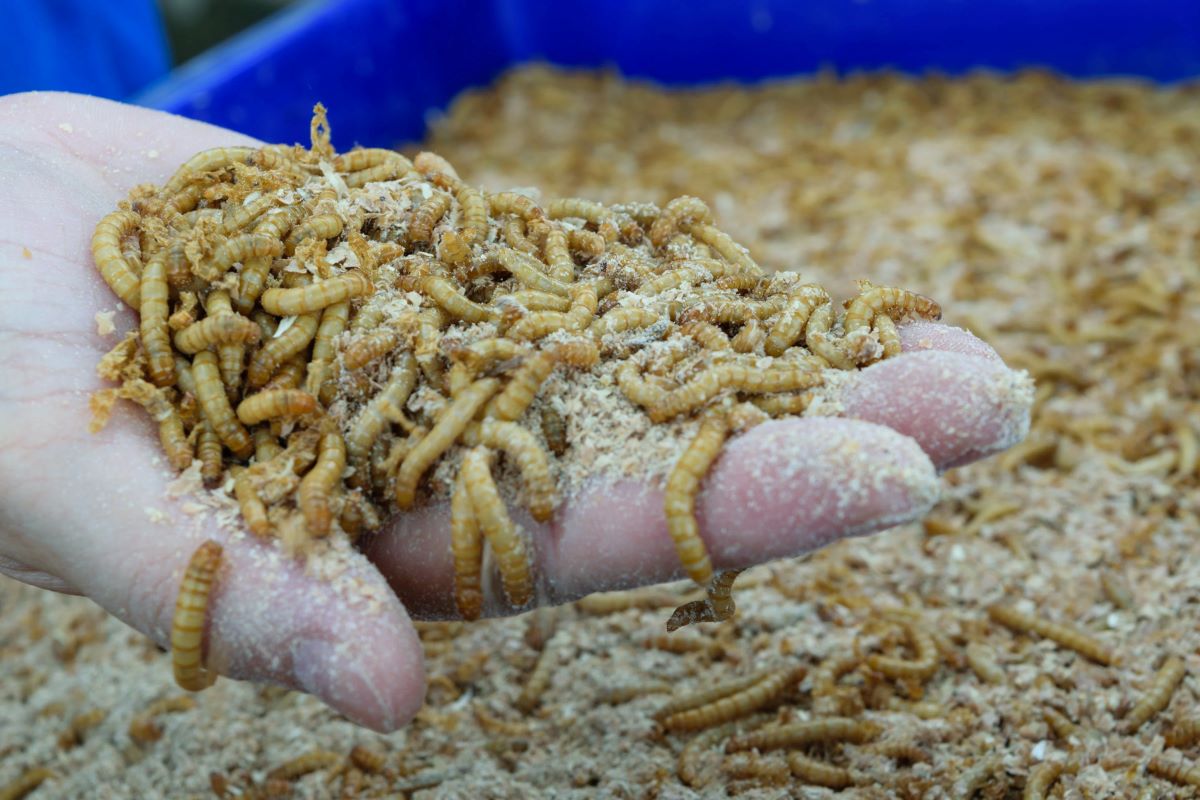
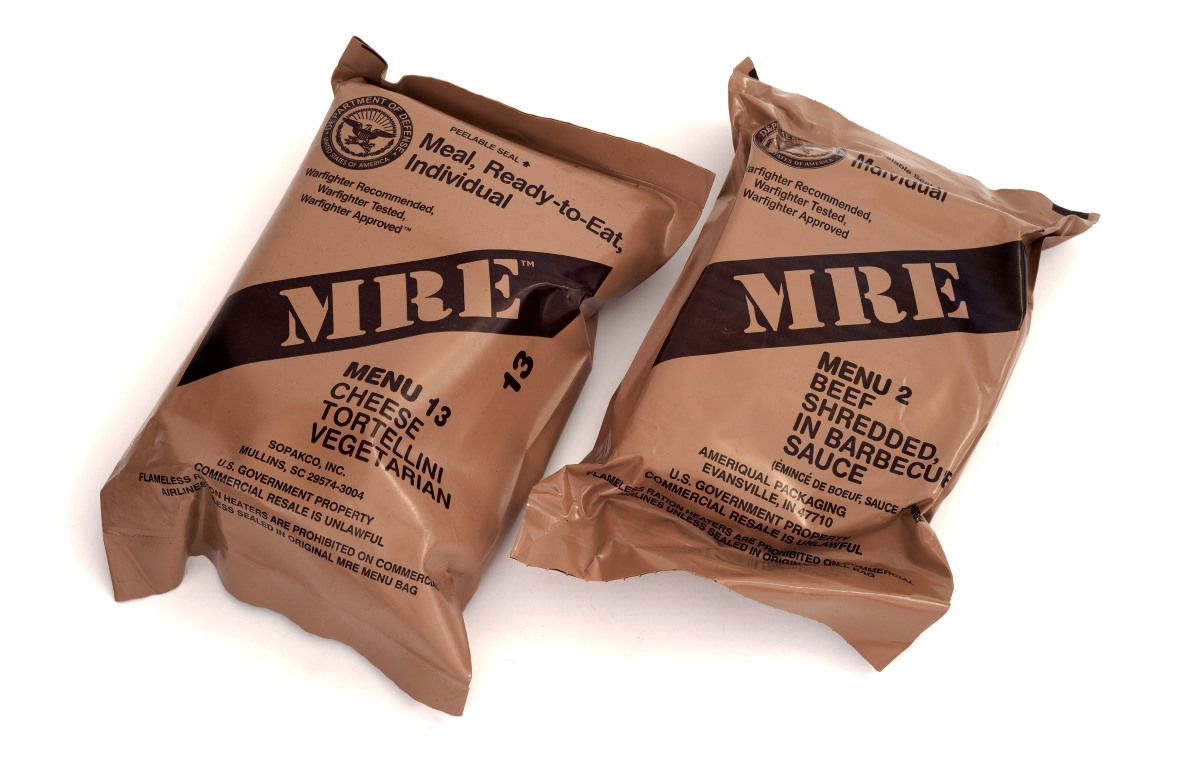
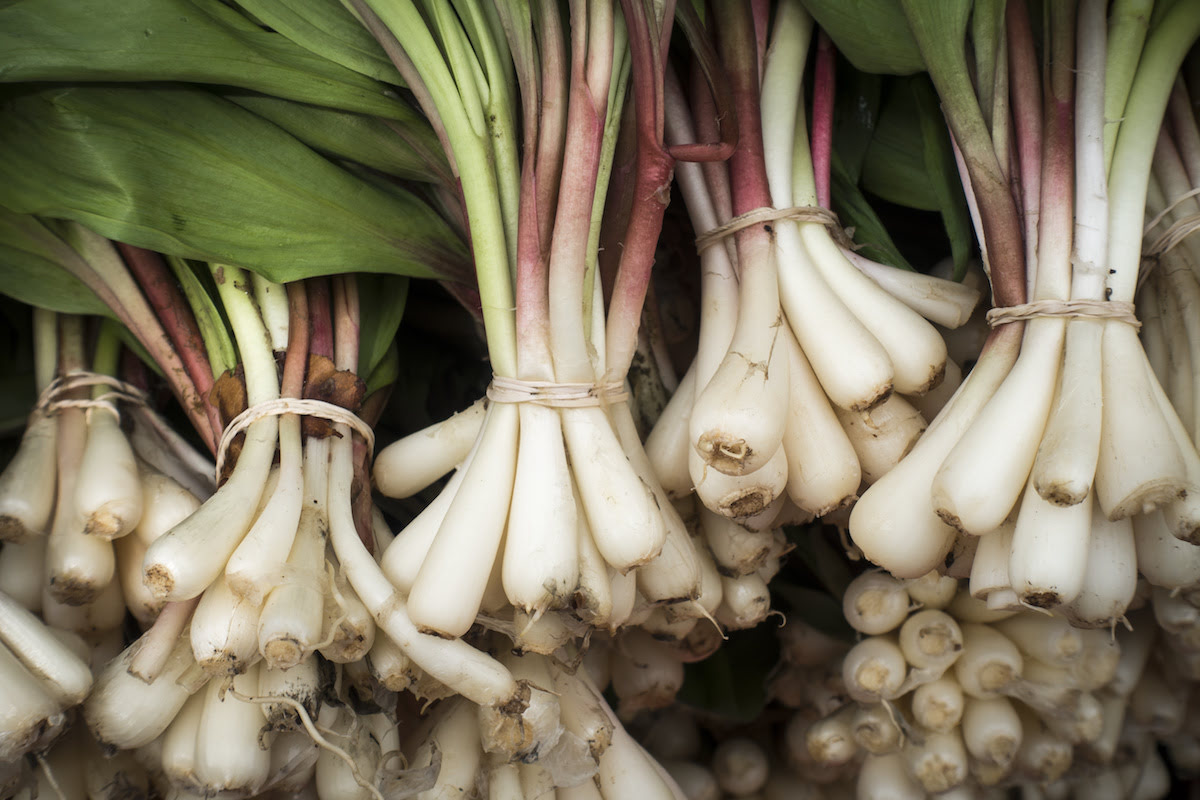

0 thoughts on “How To Store Sugarcane”